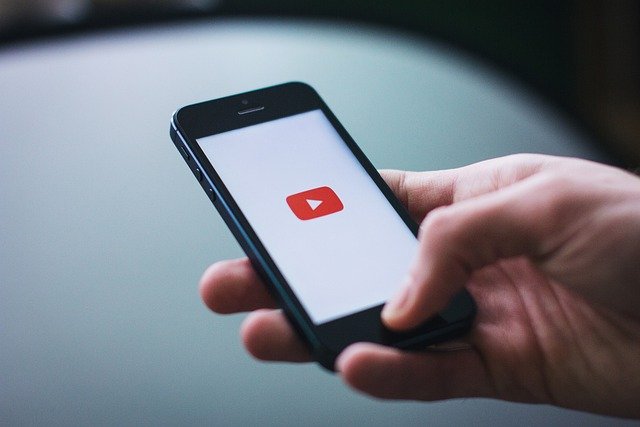Slapstick Comedy's Unexpected Revival in Digital Media
In an era dominated by sophisticated humor and subtle wit, the resurgence of slapstick comedy in digital media has taken the entertainment world by surprise. This seemingly outdated form of physical humor, once relegated to silent films and early television, has found new life in the realm of short-form videos and social media platforms. As content creators seek to capture attention in an increasingly crowded digital landscape, the timeless appeal of pratfalls, exaggerated gestures, and comical mishaps has proven to be a winning formula for viral success.

The TikTok Effect
TikTok, the short-form video platform that has taken the world by storm, has become a breeding ground for modern slapstick comedy. The app’s format, which favors quick, attention-grabbing content, aligns perfectly with the instant gratification of physical humor. Content creators have embraced the challenge of crafting 15 to 60-second skits that rely heavily on visual gags and exaggerated physical comedy. From elaborate pranks to perfectly timed fails, TikTok has become a digital stage for aspiring slapstick comedians.
The Role of Nostalgia
The resurgence of slapstick in digital media is not merely a product of technological innovation but also a reflection of cultural nostalgia. In an age of complex geopolitical issues and information overload, the simplicity and universal appeal of physical comedy offer a welcome respite. Millennials and Gen Z audiences, in particular, have shown a penchant for reviving retro trends, and slapstick comedy fits perfectly into this nostalgic zeitgeist. The genre’s ability to transcend language barriers and cultural differences makes it an ideal form of entertainment in our globally connected world.
Slapstick in Advertising
Marketers and advertisers have been quick to capitalize on the renewed interest in slapstick humor. Brands are increasingly incorporating physical comedy into their digital marketing strategies, recognizing its potential for viral sharing and engagement. From humorous product demonstrations to comedic brand mascots, companies are leveraging slapstick elements to cut through the noise of traditional advertising. This trend has led to a new wave of creative collaborations between brands and digital content creators specializing in physical comedy.
The Intersection of Slapstick and Technology
While the core principles of slapstick remain unchanged, modern technology has allowed for new and innovative approaches to physical comedy. Augmented reality filters on platforms like Instagram and Snapchat have given users the ability to instantly transform themselves into comedic characters or interact with virtual objects in humorous ways. Additionally, the accessibility of high-quality cameras and editing software has democratized the creation of slapstick content, allowing amateur comedians to produce professional-looking skits from the comfort of their homes.
Criticisms and Controversies
Despite its popularity, the revival of slapstick in digital media has not been without criticism. Some argue that the genre promotes a culture of schadenfreude and normalizes dangerous behavior, particularly among younger audiences. Concerns have been raised about the potential for injury as inexperienced content creators attempt increasingly risky stunts in pursuit of viral fame. Additionally, there are ongoing debates about the fine line between harmless physical comedy and content that could be perceived as bullying or abusive.
The Future of Digital Slapstick
As we look to the future, it’s clear that slapstick comedy has found a new home in the digital realm. The genre’s ability to adapt to new platforms and technologies suggests that it will continue to evolve alongside the ever-changing landscape of social media and digital entertainment. While traditional forms of comedy will always have their place, the unexpected revival of slapstick serves as a reminder of the enduring power of simple, visual humor in connecting audiences across generations and cultures.
In conclusion, the resurgence of slapstick comedy in digital media represents a fascinating intersection of nostalgia, technology, and the timeless human desire to laugh. As content creators continue to push the boundaries of physical humor in the digital space, we can expect to see new and innovative approaches to this classic comedic form. Whether viewed as a welcome return to simpler times or a reflection of our increasingly short attention spans, the revival of slapstick in the digital age is a testament to the genre’s enduring appeal and its ability to adapt to new mediums of expression.



